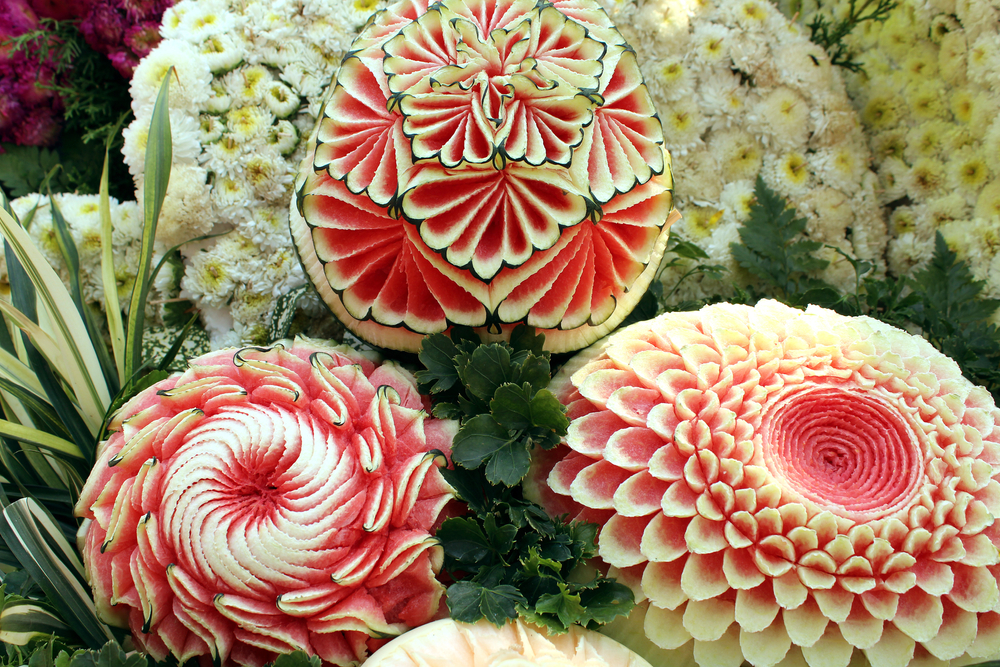The Intricate Art of Thai Fruit Carving: A Beautiful Blend of Food and Art
Thai cuisine is known for its vibrant flavors and colorful presentations, but there's one aspect that often goes overlooked: the intricate art of fruit carving. This centuries-old practice transforms ordinary fruits into breathtaking works of art. In this article, we delve into the history, techniques, and significance of this unique culinary trend.

A Brief History of Thai Fruit Carving
Thai fruit carving, also known as Kae Sa Luk, dates back to the 14th century during the Sukhothai dynasty. It was originally used as a way to decorate tables during royal festivities. Over time, it evolved into a revered art form, passed down from generation to generation.
The Techniques Behind the Art
Carving fruit requires patience, precision, and a steady hand. The carver uses a special knife to carefully sculpt the fruit, usually a watermelon, papaya, or mango, into intricate designs. These can range from simple petal shapes to complex sculptures of animals, people, or scenes from Thai folklore.
Fruit Carving as a Cultural Symbol
Fruit carving is more than just a decorative practice; it’s a symbol of Thai culture and hospitality. It’s a way of showing respect to guests and a testament to the carver’s skill and creativity. In recent years, it has also become a popular subject in culinary schools, allowing a new generation to carry on this tradition.
Exploring the Modern Applications
While fruit carving is deeply rooted in tradition, it has found its place in modern culinary arts. It’s often used in high-end restaurants and hotels to enhance the presentation of dishes. Some chefs even incorporate it into their cooking process, using carved fruits as containers for serving food.
Tips and Facts about Thai Fruit Carving
- Always use fresh, firm fruits for carving. Overripe fruits can be difficult to carve and may not hold their shape well.
- Practice makes perfect. Start with simple designs and gradually move on to more complex ones.
- If you’re interested in learning fruit carving, consider taking a class or workshop. There are many online resources available as well.
In conclusion, Thai fruit carving is a beautiful blend of culinary art and culture. It’s a testament to the creativity and skill of Thai people, and a unique way to elevate the presentation of food. By understanding and appreciating this art form, we can gain a deeper insight into Thai cuisine and culture. So the next time you’re presented with a beautifully carved fruit, take a moment to appreciate the skill and tradition behind it.




